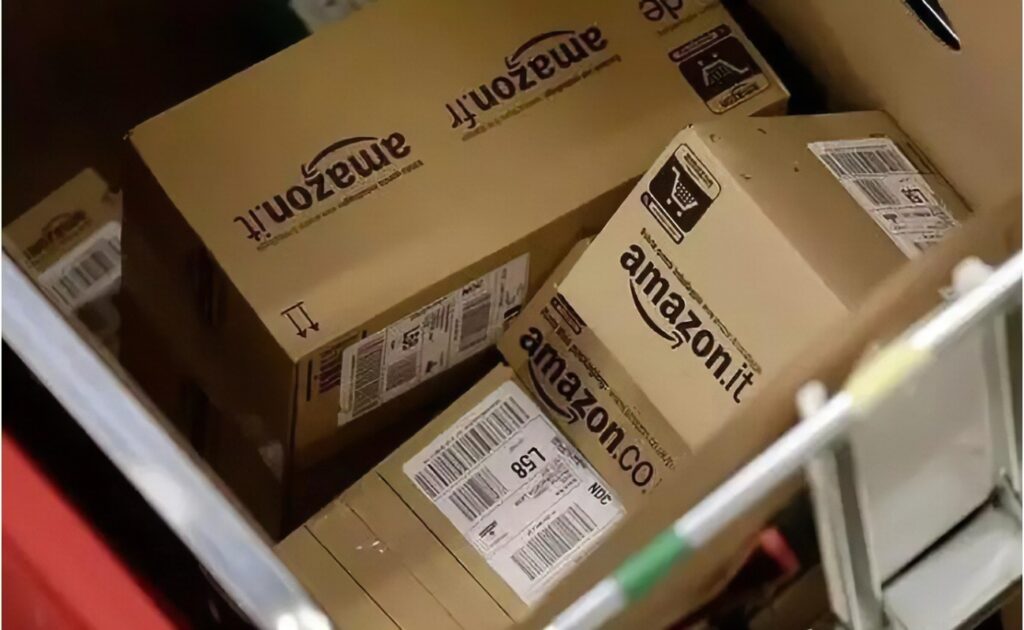The U.S. e-commerce landscape is undergoing a dramatic shift. Over the past few months, consumers have noticed a sharp rise in product prices across major online platforms like Amazon, Temu, and Shein. This trend is not coincidental—it’s largely driven by recent changes in U.S. tariff policies. In this article, we’ll break down why U.S. e-commerce prices are soaring, how new tariffs are impacting the market, and what it means for consumers and sellers alike.

The Immediate Trigger: Tariff Policy Adjustments
The most direct cause of the recent price hikes across U.S. e-commerce platforms is the adjustment of U.S. tariff policies. These policies have directly raised the cost of imported goods, and inevitably, this cost pressure is being passed on to consumers.
Taking Amazon as an example, since April 9, 2025, nearly a thousand products have seen significant price increases. Reports from Sina Finance and Huanqiu confirm this: data shows that about 930 products were affected, with an average price hike of nearly 30% (source: Sina Finance; source: Huanqiu).
Clearly, these increases are not isolated incidents but are widespread across the platform.
The hardest hit are sellers whose businesses are based in China or heavily rely on Chinese sourcing and assembly (source: Sina Finance). Rising tariffs have squeezed their profit margins, forcing many to adjust retail prices just to stay afloat.
Not only Amazon but also other major cross-border e-commerce platforms like Temu and Shein have been impacted. According to reports from STCN, both platforms have issued announcements acknowledging that due to “recent changes in global trade rules and tariffs,” operational costs have risen, prompting them to implement price adjustments starting April 25 (source: STCN).
This further confirms that tariff changes are the main driver behind the collective price increases on U.S. e-commerce platforms.
Data Insights: Scope and Scale of Price Increases
According to Sina Finance, Amazon recorded 930 products with price hikes, with an average increase of 29% (source: Sina Finance).
For consumers, this is no small burden — imagine a $100 product in your shopping cart now costing close to $130.
Expert Predictions: Prices Likely to Keep Rising
What’s even more concerning is that this may only be the beginning. The Yale University Budget Lab has analyzed the situation and issued some stark forecasts. Citing STCN’s report, the analysis predicts significant further price increases for consumer goods in the coming year due to ongoing tariff effects:
- Clothing prices could surge by up to 65%.
- Footwear prices might jump as much as 87% (source: STCN).
If these predictions come true, it could have a tremendous impact on Americans’ daily living expenses.

Market Response: Consumer Anxiety and Industry Challenges
Faced with the reality and expectations of widespread e-commerce price hikes, the market is showing clear signs of concern.
On one hand, U.S. consumers are increasingly worried about rising costs. Many believe that the current “broad and arbitrarily enforced tariff policies will inevitably lead to price increases” (source: STCN). This sentiment could dampen overall consumer spending.
On the other hand, businesses are also under immense pressure. According to industry insiders quoted by Guancha, “Tariffs cannot stay this high for long — too many businesses won’t survive” (source: Guancha).
This reflects the survival challenges facing merchants, especially small and medium-sized sellers heavily dependent on global supply chains.
Looking deeper, this wave of price hikes also appears to be shaking public confidence in the U.S. economy. Polls show that more and more consumers fear the nation is sliding toward a recession (source: STCN).
If this pessimistic outlook continues to spread, it could trigger a negative feedback loop, further affecting consumer behavior and economic confidence.
Conclusion: Adapting to the New Normal and Tackling Challenges
In summary, the collective price hikes across U.S. e-commerce platforms have become an undeniable phenomenon, with tariff policy adjustments serving as the primary catalyst.
These changes are not only impacting consumer purchasing costs but are also creating serious operational challenges for sellers and possibly undermining broader economic confidence.



